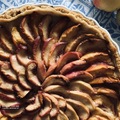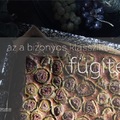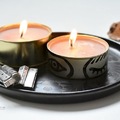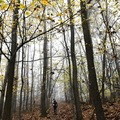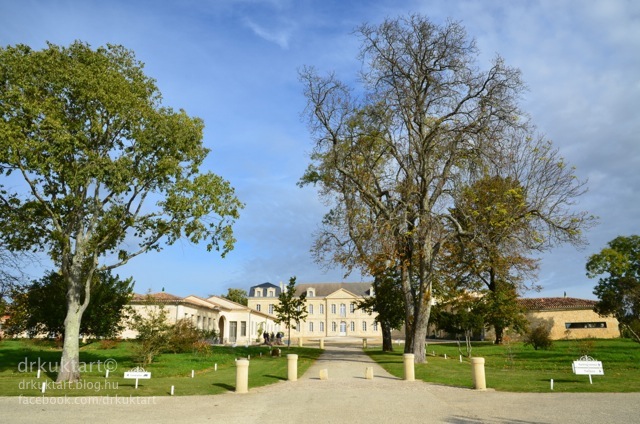
Ha már ősz, akkor szüret. S bár szüret utáni időket írunk, mégis kiváló alkalom, hogy megosszam Veletek a legújabb boros élményemet. Csodálatos borászatban jártunk a Saint-Émilion borvidéken: íme Ch âteau Soutard!
We've visited the stunning Château Soutard which belongs to the wine area of Saint-Émilion. Follow me and discover this superb place together with me!
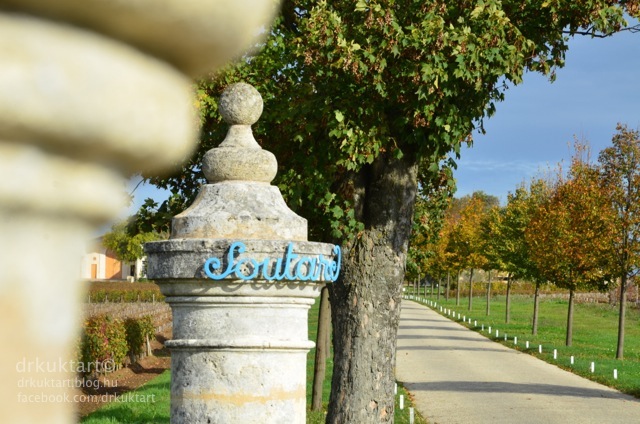
Idő előtt érkeztünk a vezetésre, ezalatt volt pár percem sétálni egy kicsit a Kastély környékén.
We've arrived 30 mins before the tour started so I had time to take a short walk in the neighborhood of the Ch âteau.
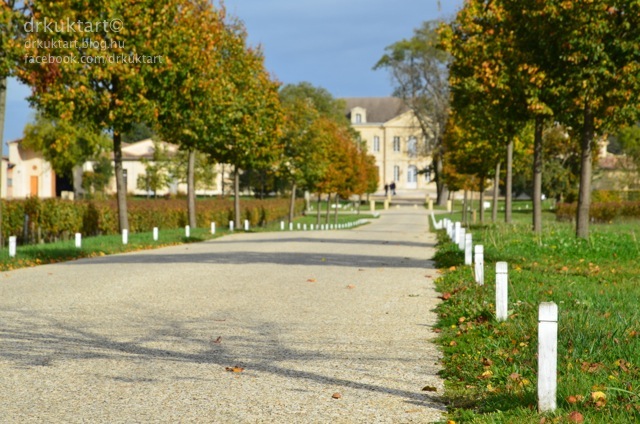
Állítólag a vidék tavasszal a legszebb, köszönhetően a természet friss zöldjének, de én úgy találom, hogy a sárguló, illetve lehullott levelek is különös bájjal ruházzák fel a környéket.
The landscape is supposed to be the most beautiful in the spring time, however I found the colors of fall very lovely as well.
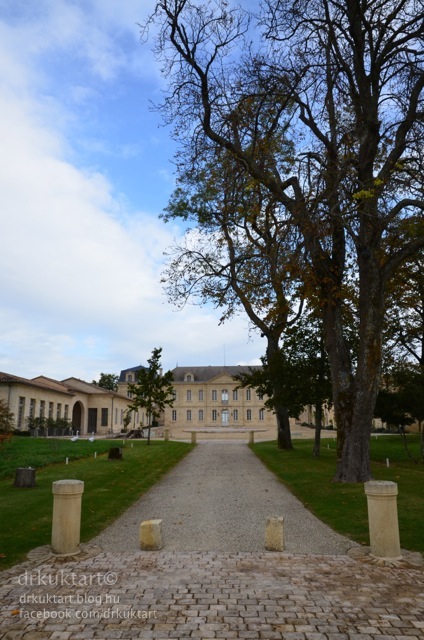
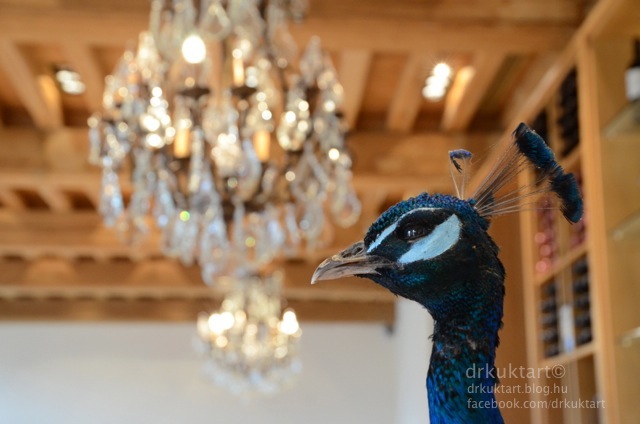
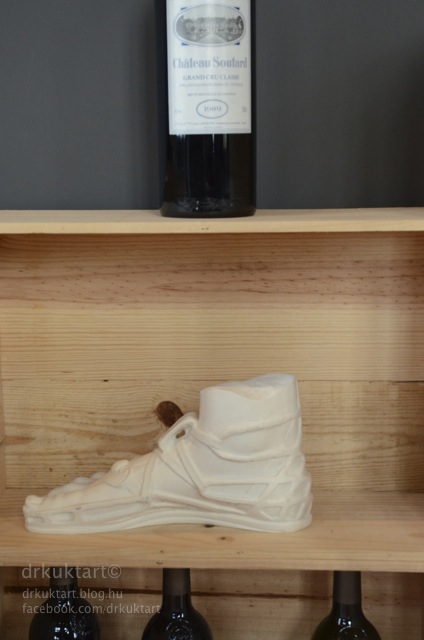
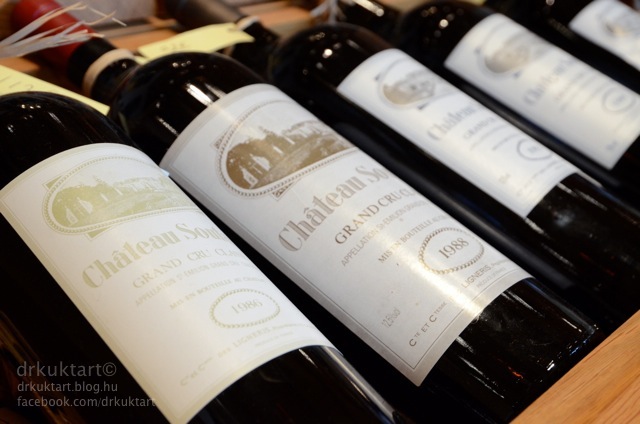
Kint kissé hűvös volt, így, hogy a vezetésig hátralevő időben a várakozás kellemesen teljék egy csodálatosan berendezett kóstolóhelyiségben kávéval kínáltak minket.
It was a bit cold outside, so we're invited to have a cup of coffee inside until the guided tour begins.
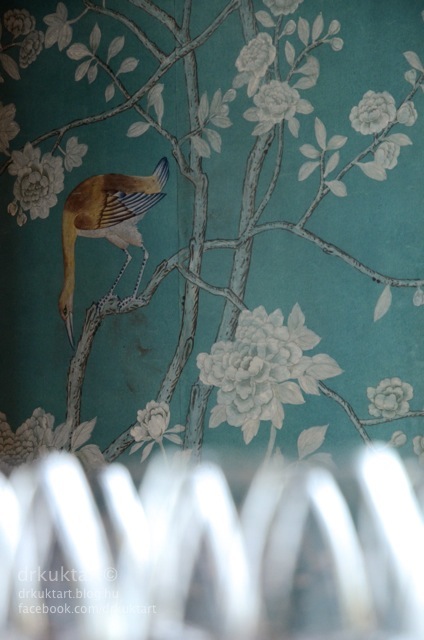
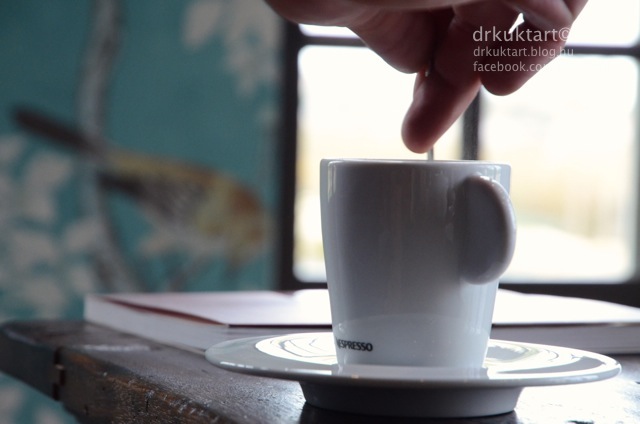
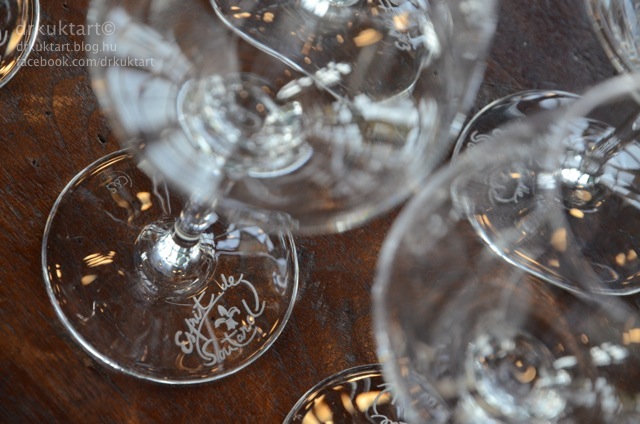
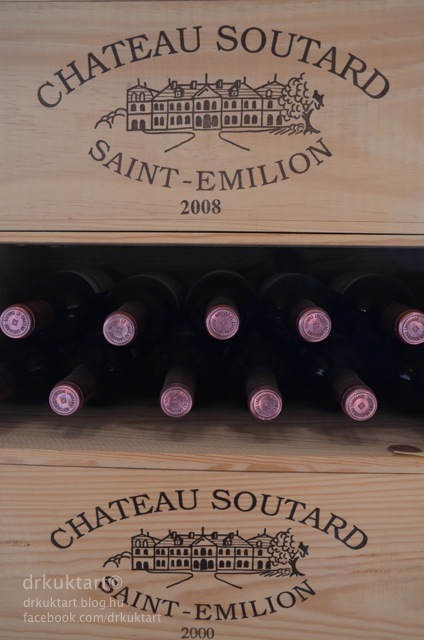
Jó időben a vendégek - korábban a Kastély, most pedig - a borászat kiszolgálóhelyiségeit magukba foglaló két melléképület által körülölelt udvaron álló asztaloknál várakozhatnak. Érdekesség, hogy a Kastély folyamatos rekonstrukció alatt áll, és a felújtás során mind a két melléképületet teljesen lebontották, köveiket egyenként megtisztították, majd az épületek funkcióját modernizálva, de eredeti stílusát megőrizve építették újjá.
When the weather is warmer you can sit at one of the nice tables on the courtyard of the Château, bordered by the outbuildings.
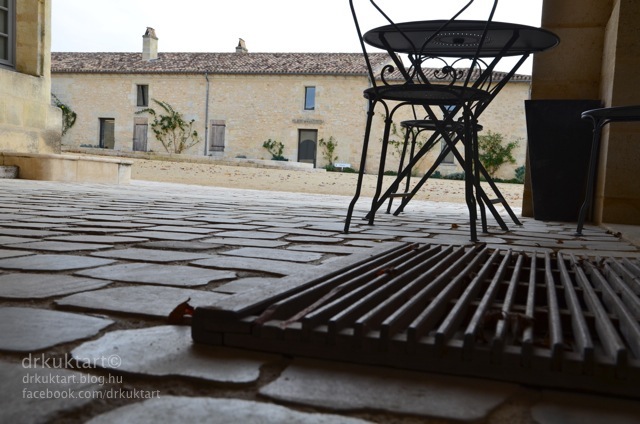
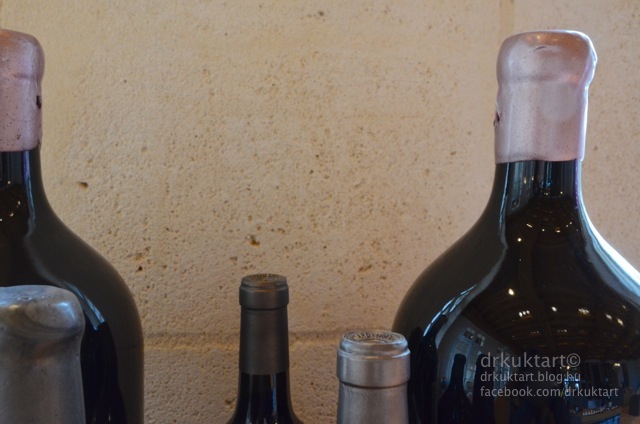
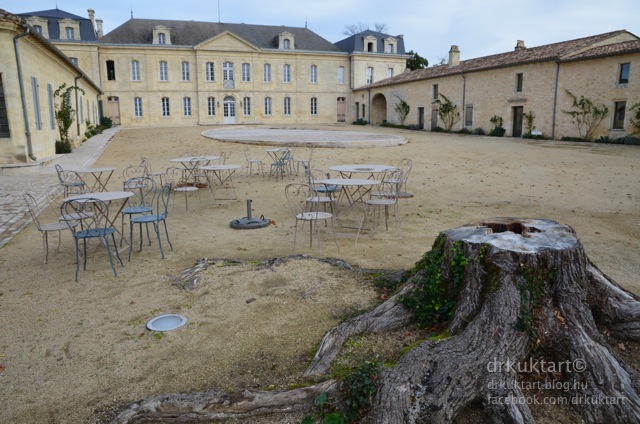
A vezetés a Kastély elől indult, ahol vezetőnk hihetetlen energiával és rendkívül érdekfeszítő stílusban avatott be minket a Kastély és a borászat történetébe. Élmény egy ilyen energikus vezetésen részt venni. A Soutard-ról szóló első írásos emlékek 1513-ből származnak, amikor is a Kastély helyén farm állott malommal egyetemben. A Kastély számunkra érdekes története Jean Coutures, Saint-Émilion elöljárója nevével kezdődik, aki 1699-ben megszerezte a Kastély tulajdonjogát. Coutures és leszármazói - különösen tehetséges és ambíciózus lánya, Marie - alapozták meg a Kastély hírnevét, ugyanis ez utóbbi fogott bele a Kastély bővítésébe. Az főépület 1741-1762 között épült klasszicista stílusban. A színében is elegáns kőből épített fenséges épület homlokzata nélkülöz minden szükségtelen díszítést, leszámítva a visszafogottan kiugró timpanont. Marie által megkezdett munkát fia, Jean Cambret de Faurie folytatta, aki a Kastélyt hatalmas parkkal építtette körbe. Emellett Jean - lévén szakképzett szőlő termesztő és kiváló mezőgazdasági mérnök - szenvedélyesen érdeklődött a borkészítés iránt is, ígyezen szenvedélyét is kielégítve, gazdaságában újításokat vezetett be: lelkesen pártolta a szőlők sorokba történő ültetését (abban az időben a szőlőt nem sorokba rendezve, hanem inkább véletlenszerűen ültették) és felélesztette a szőlőművelés római eredetű módszerét. A szőlőt ekkoriban és ennek köszönhetően a mészkőbe vájt barázdákba ültették. Jean egyidejűleg melléképületeket húzatott fel, ahol a lehető legkiválóbb bort igyekezett elkészíttetni. A XIV. században Jean Laveau szerezte meg az ingatlant, aki negyed évszázadon keresztül Saint-Émilion egyik legkiemelkedőbb szőlőtermesztője volt. A birtok Jean szakértő kezei között szépen fejlődött tovább. Halálával a birtok közeli leszármazói között felosztásra került, beleértve Jeanne du Foussat de Bogeron-t is, akinek hozománya részeként többek között Soutard-ot is vitte 1919-ben Michel des Ligneris-sel megkötött házasságába. Leszármazottaik vezették a birtokot egészen 2006-ig, amikor is az AG2R La Mondiale biztosító társaság szerezte meg az ingatlan tulajdonjogát.
We've started the guided tour on the courtyard with a short, but impressive introducation of the history of the Castle. As I only remember the milestones of the story, I'd better check the website to avoid giving any misleading information: 'Historians have found the earliest traces of the estate in notary records dating from the 16th century. In 1513, in the reign of Louis XII, known as the Father of the People, there was a farm in the parish of Saint-Émilion called Mayne de Soutard. It was, in fact, a bourdieu, a Gascon word for farm with a mill. The name of Élie Gréau looms large in the history of the estate: he was a local figure who was both a lawyer and a civic officer; but the story of Soutard really began when Jean Coutures, a prominent townsman and magistrate of Saint-Émilion, acquired the property in 1699. He and his descendents were to build the success and fame of the Château. His skilled, enterprising daughter Marie began by extending the estate, then made a decision that brought Soutard into a different league altogether: she would build a château commensurate with her ambitions. The main part of the house, with its classically disciplined design so typical of the 18th century, was built between 1741 and 1762. The majestic building is devoid of superfluous ornament, instead exhibiting great restraint in the straight, tense lines of its façades, discreetly interrupted by a triangular pediment. The even colour of the honeytoned stone lends it a natural elegance that shuns surface effects and radiates a harmonious, refined vision of the world. Jean Cambret de Faurie, Marie’s loyal son, carried on her work, bringing a new sense of freedom by adding a park to the château. He was also a skilled vine-grower and an outstanding agricultural engineer who was passionate about wine. He revived Roman cultivation methods, planting vines in furrows in the limestone and wholeheartedly embracing the technique of row planting (at that time, vines were not planted in rows, instead growing in a much more random fashion). At the same time, he built outbuildings in which he strove to produce the finest wine possible. In the 19th century, Jean Laveau, an outstandingly talented man who was, for over a quarter of the century, one of the most important growers in Saint-Émilion, acquired the property, which continued to thrive in his expert hands. When he died, the land was divided between his close family members, including Jeanne du Foussat de Bogeron, whose dowry included Soutard when she married the agriculturalist Michel des Ligneris in 1919. Their descendents were to manage the estate from then and until 2006 when AG2R La Mondiale acquired the estate with the firm intention of perpetuating its magnificent history.'
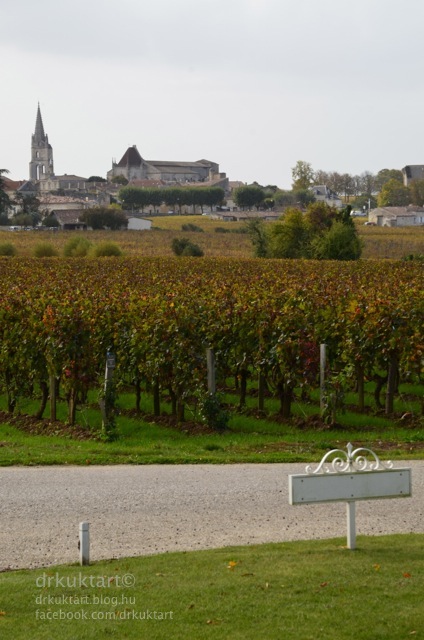
Miközben a Kastély történetét hallgattuk, háttal állva az épületnek a szőlőtőkék felett akadálytalanul vándorolt tova a tekintetünk egészen Saint-Émilion városáig. A régió az UNESCO Világörökség részét képezi.
While we're listening the story of the Castle, we took a look at the neighborhood of the Castle, including the view of the town Saint-Émilion. Good to know that the Jurisdiction of Saint-Émilion is registered as the part of UNESCO World Heritage.
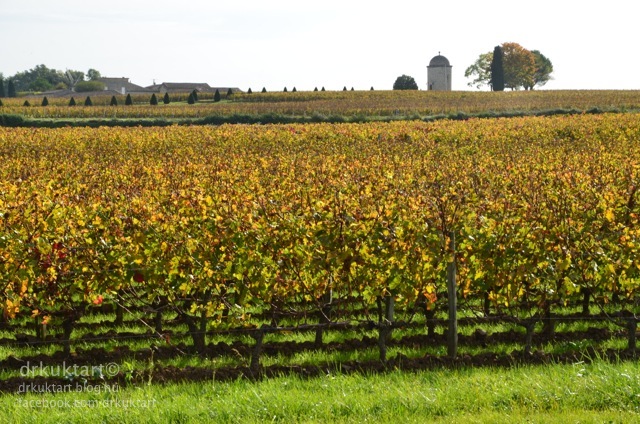
Chateau Soutard mindösszesen 35 hektáron terül el a Saint-Émilion fennsík kellős közepén. Ezen területből harminc hektáron terem szőlő: a szőlő 70 %-a a fennsíkon, a mészkőt vékonyan borító földrétegből táplálkozva éldegél, míg a szőlő 30 %-át vastagabb földréteggel borított területen, agyagos-meszes földben művelik. Ezen a meszes talajon a Merlot az uralkodó szőlőfajta, az itt termesztett szőlő mintegy 63 %-át teszi ki, míg a szőlő 28 %-a Cabernet Franc. Ezenfelül termesztenek még Cabernet Sauvignon-t (8 %) és Malbec-et (1 %) 2012 óta.
According to the website 'With its north-south facing façades and its gates facing in four directions, Château Soutard expands its 35 hectares located in the middle of the Saint-Emilion plateau; 30 hectares over 70% of the vines are grown on the plateau, which is made up of limestone rock covered in a thin layer of topsoil, while 30% are cultivated in deeper clay-and-lime soil. Between the bell tower of the church at Saint-Émilion and the distant hillsides of Montagne Saint-Émilion, the landscape is superb. (…) On this limey soil, the predominant varietal is Merlot that is to say 63% of all vines. This is the soul of our wine: the key to its roundness and subtle undulations. To this we add 28% of Cabernet Franc, which provides a firm foundation for the wine’s complex structure and since 2012, cabernet sauvignon and malbec come to refine Soutard’s personality even more.'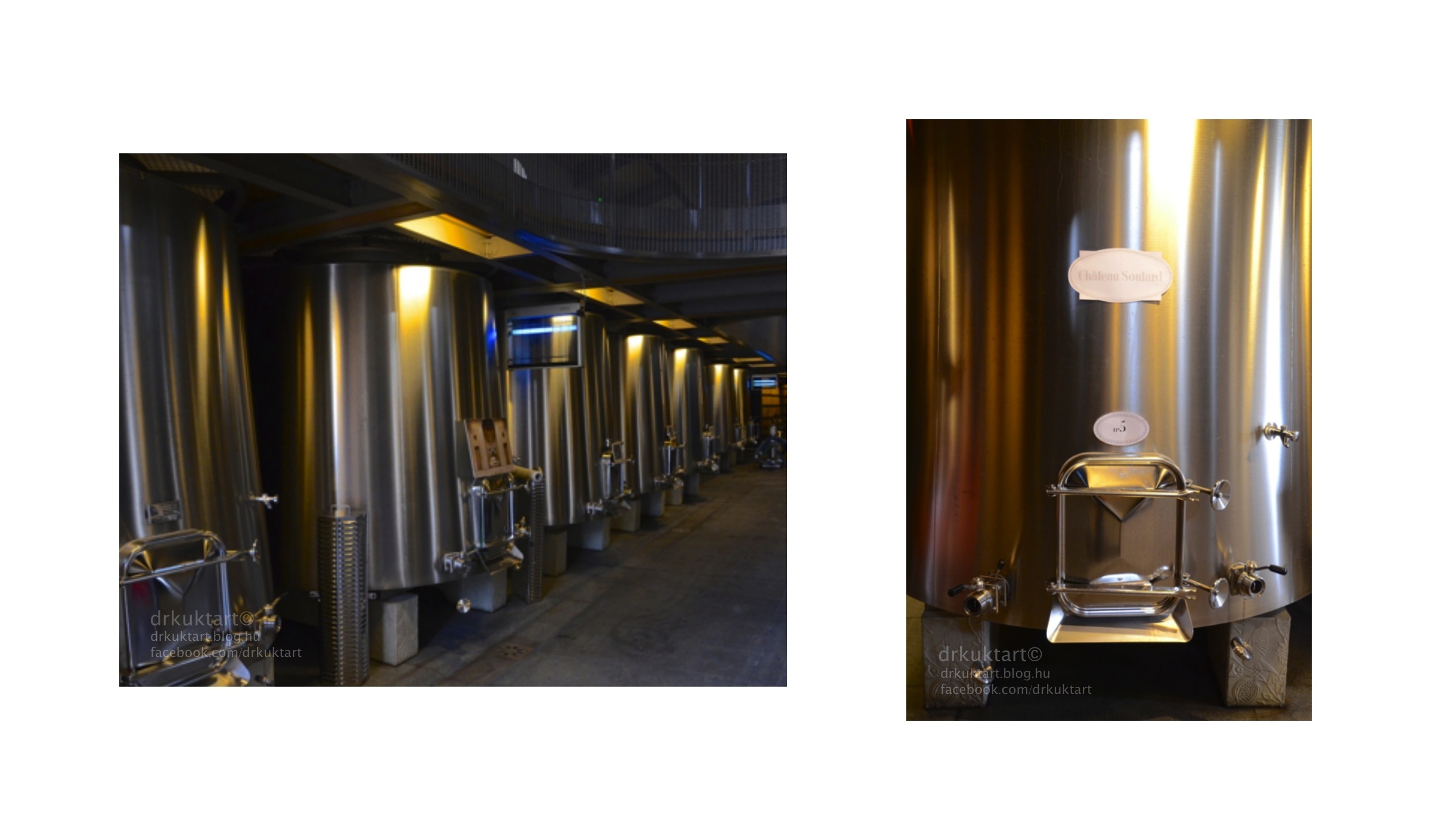

Még sohasem jártam borászatban, így az itt látottak különösen lenyűgöztek. Ehhez hozzájárult, hogy vezetőnk nagyon szépen beszélte az angolt, és előadásmódja pedig minden egyes pillanatban lekötötte figyelmünket. Nem vagyok egy szaki, így elnézést, ha nem a megfelelő terminus technicust használom. A lényeg, ami laikusként megragadt bennem, az az, hogy ezekben a tartályokban tartják a szőlőt az erjedés folyamán: a birtokhoz tartozó legjobb szőlőkben szüretelt gyümölcsöt a tölgyfából készült tartályokba helyezik, míg a fiatalabb borok alapanyagául szolgáló szőlő a fenti képen is látható rozsdamentes acéltartályokban erjed. Amelyik tartály nem volt használatban, azokba be is kukkanthattunk.
Stunning interior, beautiful architecture. Our guide was really informative, helpful and able to answer all of our questions. However I'm not an expert, the short essence of the story is that after selecting and cleaning the grapes, during the fermentation the fruit is stored in these kind of vats (the grapes for younger vines are placed in vats, made from stainless steel; the grapes, originated from the best plots are placed in oak vats). None of us is an expert and we found very interesting and satisfying all information what we got here.
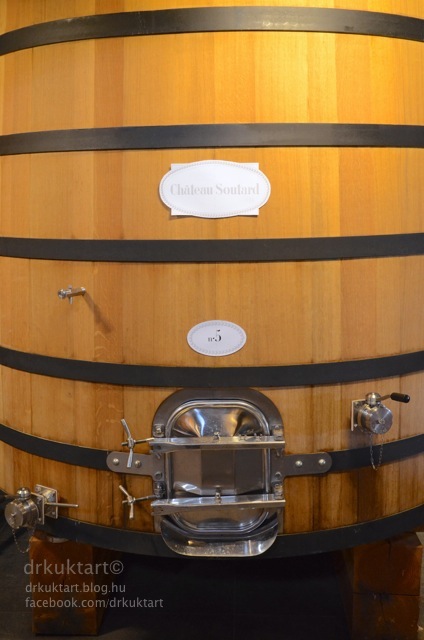
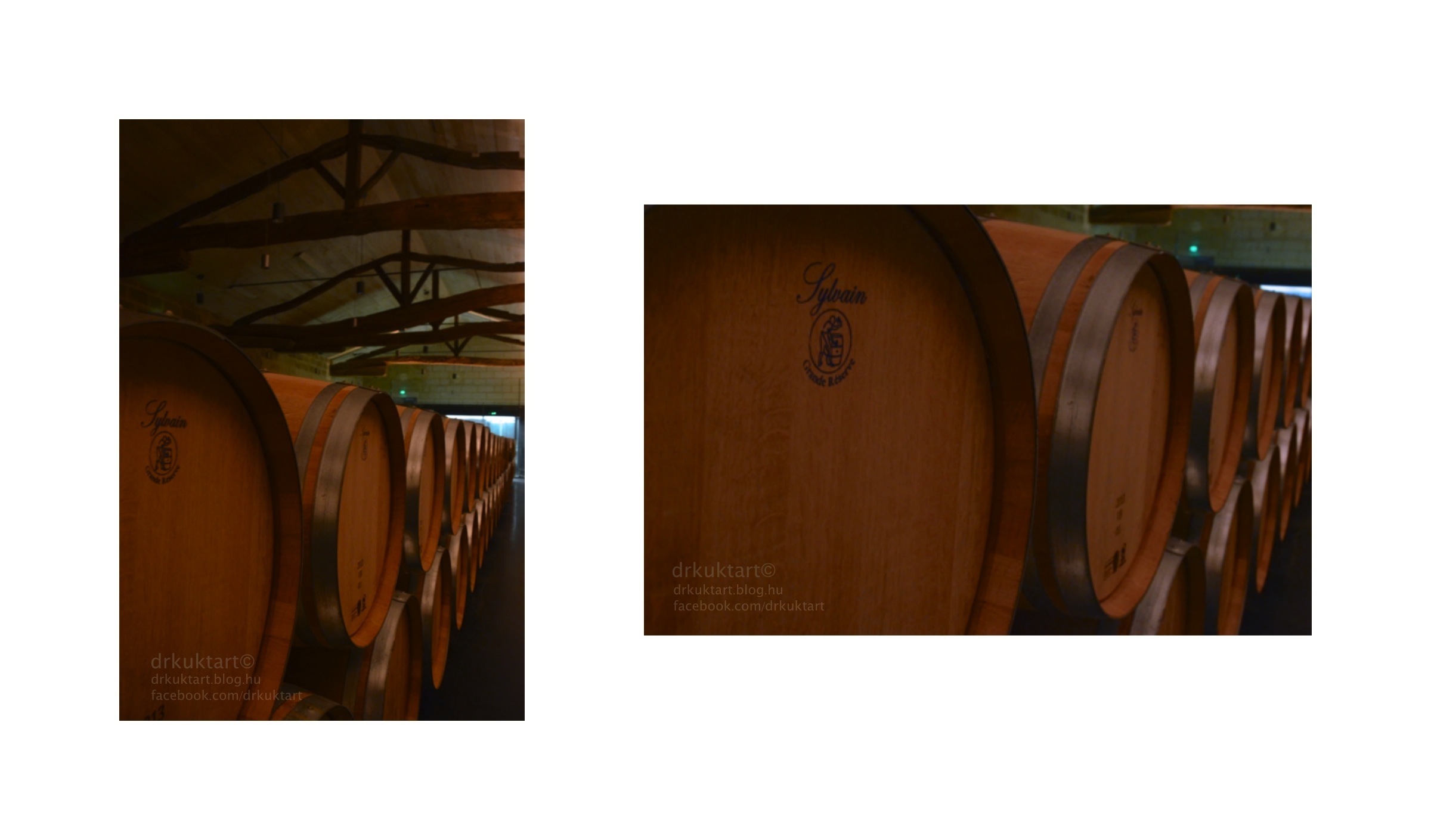 Ezt követően a borokat hét különböző hordókészítőtől származó, belül égetett tölgyfahordókban érlelik tizennyolc hónapon keresztül a pincében, ami félig a földbe süllyesztve bújik meg az egyik melléképületben. Az érlelést követően kerül sor a borok esetleges házasítására, majd ez után, de még a palackozást megelőzően a bor további pár hónapra visszakerül a hordókba. A pince végén kisebb szoba alapterületű, két darab, íves lábakon álló pamlaggal extrán kényelmessé tett, szuper lassan mozgó lifttel (a fenti képen a hordósor végén fényesen ragyogó pont) érkeztünk meg oda, ahol a palackozott borok pihennek, illetve ahol a kóstolóhelyiség is található.
Ezt követően a borokat hét különböző hordókészítőtől származó, belül égetett tölgyfahordókban érlelik tizennyolc hónapon keresztül a pincében, ami félig a földbe süllyesztve bújik meg az egyik melléképületben. Az érlelést követően kerül sor a borok esetleges házasítására, majd ez után, de még a palackozást megelőzően a bor további pár hónapra visszakerül a hordókba. A pince végén kisebb szoba alapterületű, két darab, íves lábakon álló pamlaggal extrán kényelmessé tett, szuper lassan mozgó lifttel (a fenti képen a hordósor végén fényesen ragyogó pont) érkeztünk meg oda, ahol a palackozott borok pihennek, illetve ahol a kóstolóhelyiség is található.
'For each vintage, 70% of the wine is kept in new barrels provided by seven different coopers. Moderate stave toasting optimizes the delicate interaction of wine and oak. The wine is never brought into contact with young timber. Blending takes place after 18 months of barrel ageing; the wine is then put back into the vats for a few months before bottling.' (Reference here.)
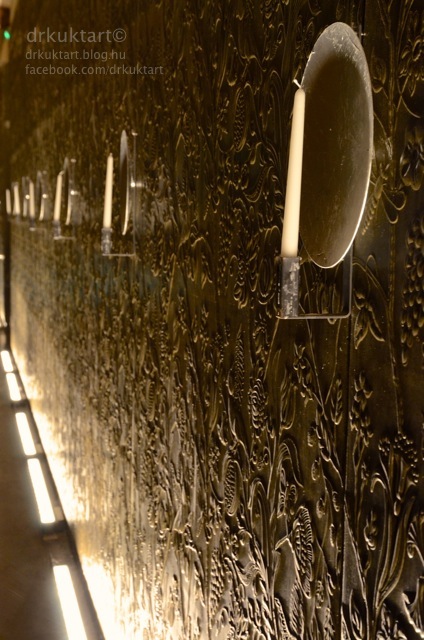
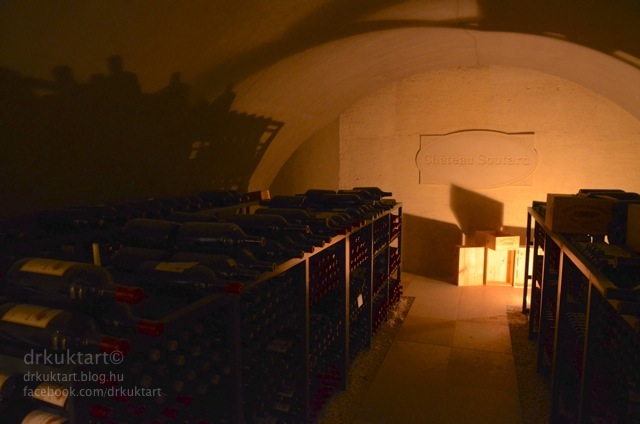
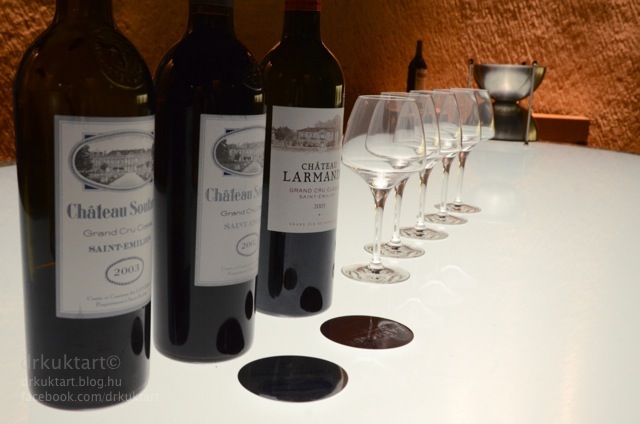
Utunk a mészkőbe vájt borkóstoló terembe vezetett, ahol már vártak minket a kóstolásra előkészített borok a poharakkal egyetemben. Vezetőnkkel együtt kóstoltuk (mi ittuk) a borokat, miközben ő finoman vezetett bennünket a borkóstolás rituáléjának útján, s a nedü megízlelését követően együtt elemezgettük az italokat. Mi persze inkább csak hallgattuk őt, s engedtük magunkat itt is irányítani.
The last stop of our wine journey was the tasting which took a place in a simple, but stunning room, formed in the limestone. As I'm not an expert, I cannot tell anything just one thing: the way how we were led to taste the wines was excellent and the wines are superb!
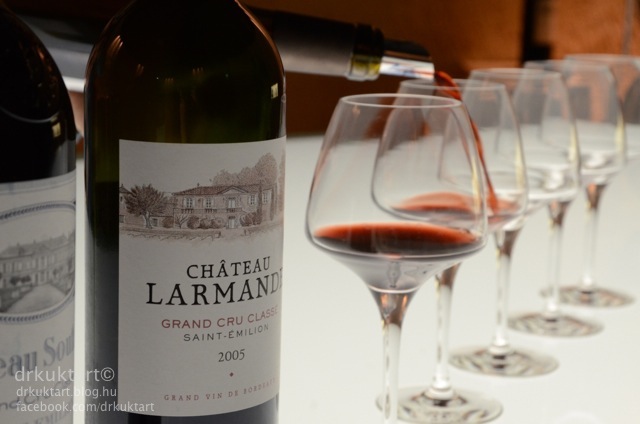
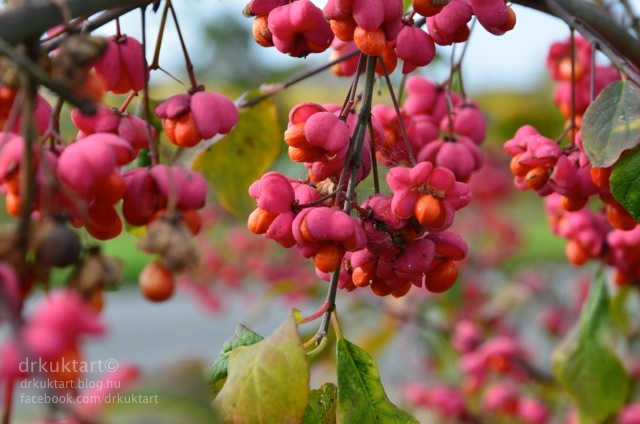
Bortúránkat befejezvén elfoglaltuk szállásunkat, amely a Grand Faurie La Rose vendégházban, a mi kis kastélyunkban volt. Abban az esetben is fejedelmi elhelyezésben lett volna részünk, ha a házon osztoznunk kellett volna másokkal, ám a három vendéglakosztályból kettő üresen állt, így gyakorlatilag az egész épület a rendelkezésünkre állt, beleértve a tágas konyhát és ebédlőt, valamint a kandalló köré szerveződő nappalit is. A berendezés tökéletes, otthonos, fejedelmi ágy, csodálatos fürdő, nem mondom, elfogadnám otthonomnak.
After our tour in Château Soutard, we took over our accommodation in guesthouse of Grand Faurie La Rose. We're such lucky to be the only guests during our stay, however the guesthouse is big enough to provide comfortable stay for more people (it has three studios). So, we really enjoyed our stay and felt ourselves at home while we're using the superb kitchen and dining room as well.
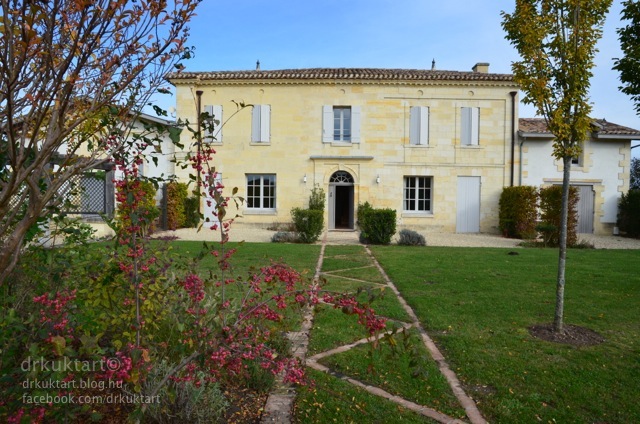
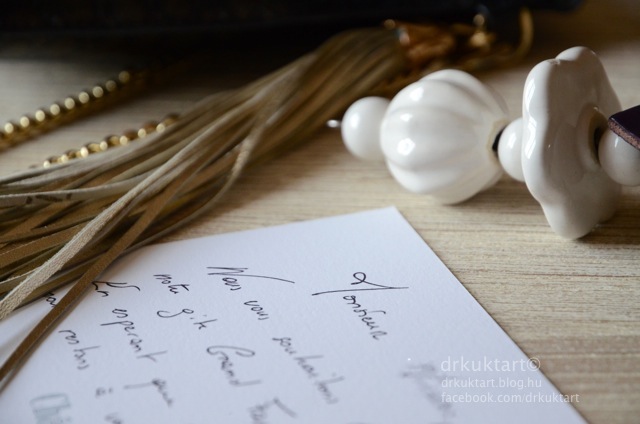
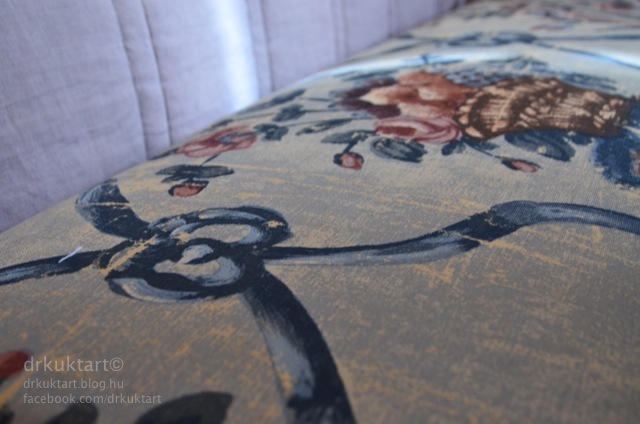
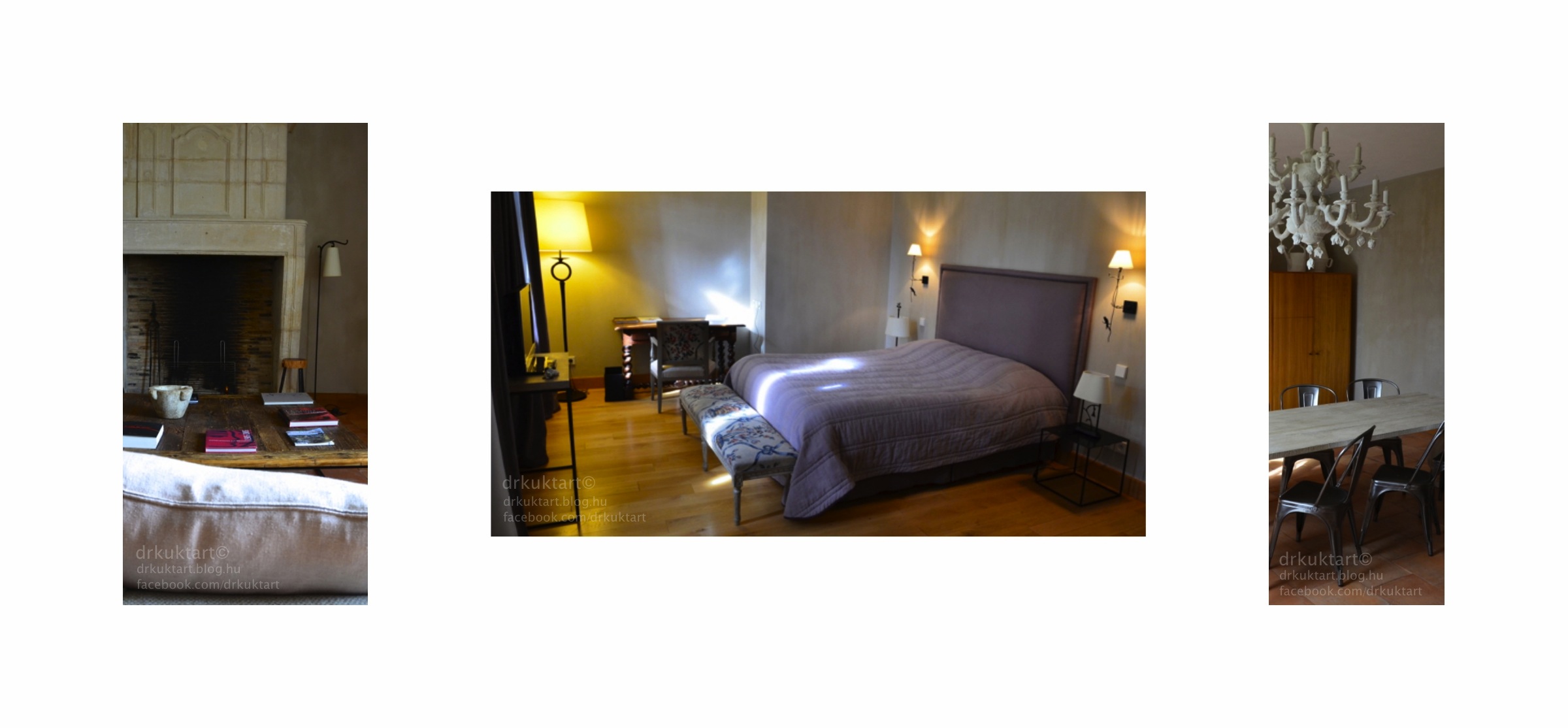
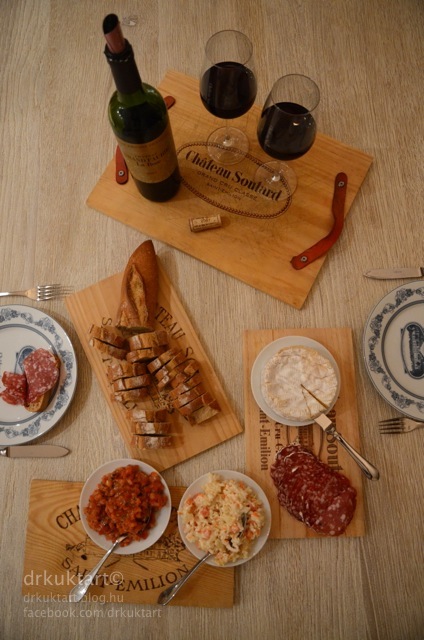
Egy Saint-Émilion-ban elfogyasztott kiadós ebéd és félnapos sétát követően nem vágytunk hatalmas késő esti lakmározásra, így akként döntöttünk, hogy a városszéli kis hentes üzletben és a mellette található boltban szerezzük be a vacsorának valót. Ehhez persze bor is dukál, így az estebédhez választunk egy üveggel a vendégház mini bárjából (borhűtőjéből). Egyszerű, ám nagyszerű lakoma köszönhetően az idilli környezetnek, a mennyei éteknek és nem utolsósorban a bornak.
As we had great (and big) lunch in Saint-Émilion, we didn't insist to big dinner as well. So we visited the small shops on the border of the town and bought a couple of simple, but great dishes, salami and bread for dinner. The future's confirmed us: we had a lovely and romantic dinner, accompanied by the wine of La Rose.
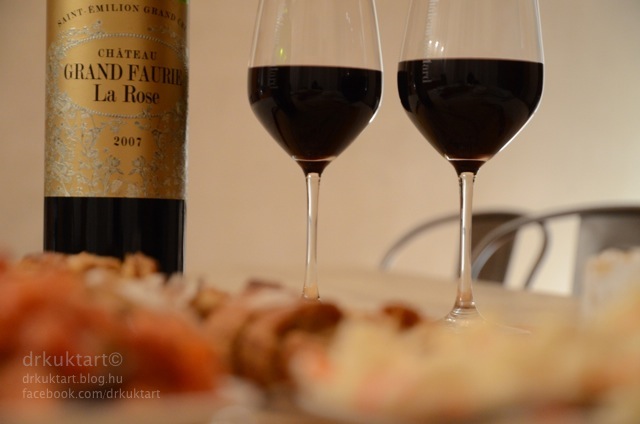
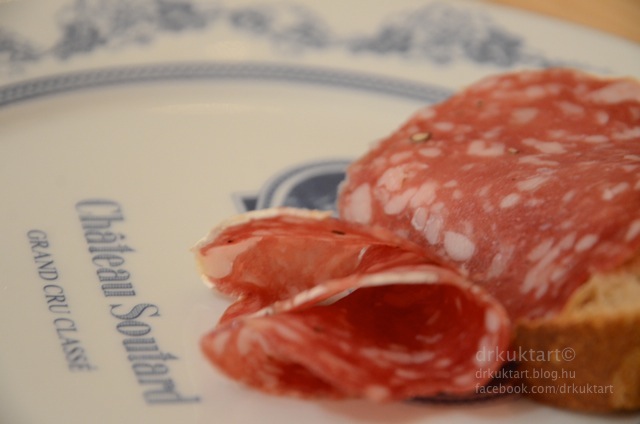
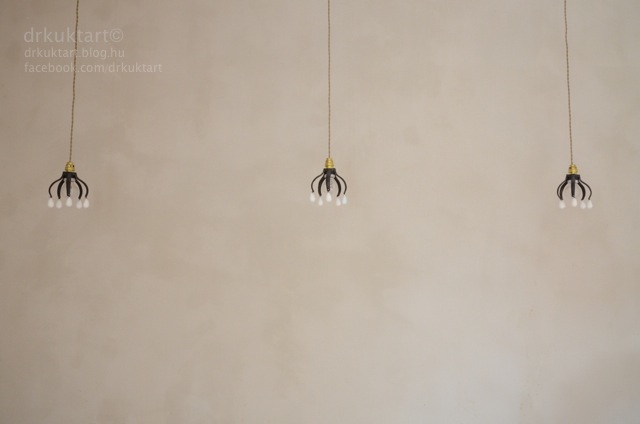

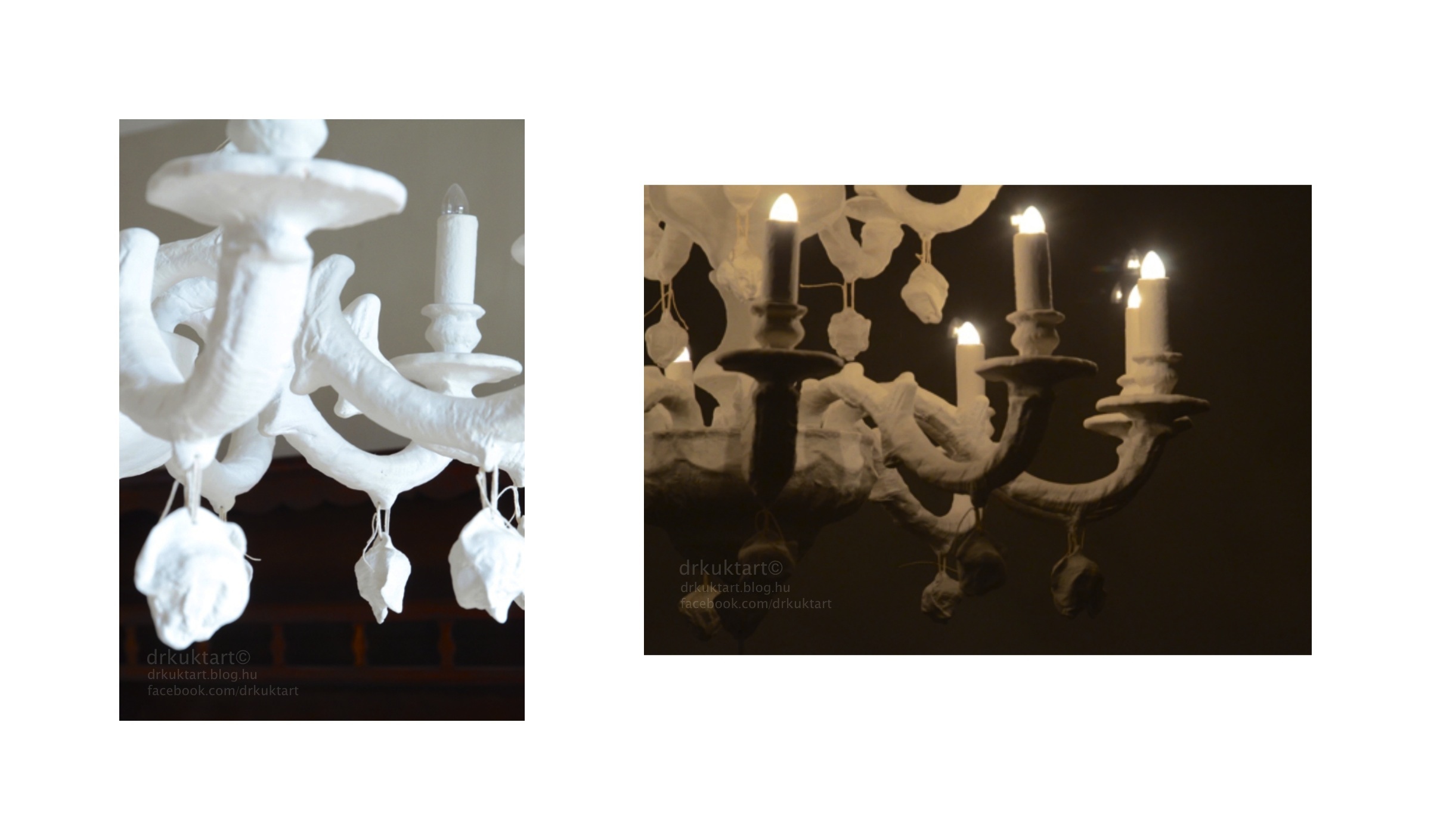
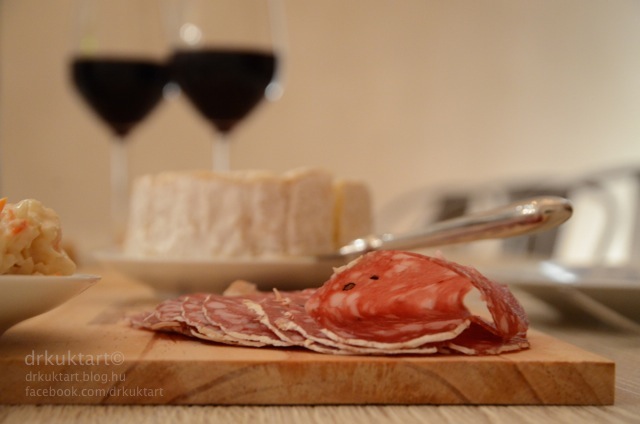
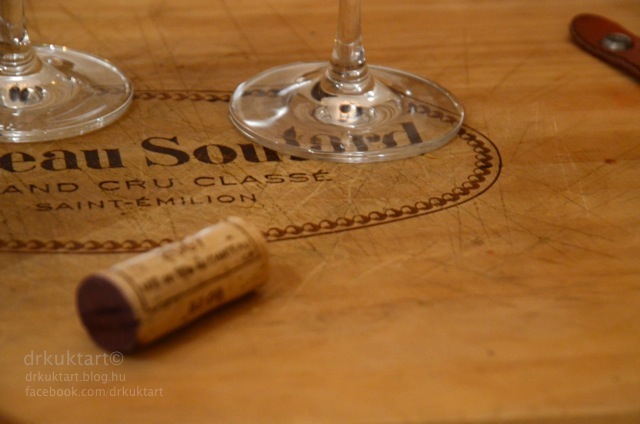
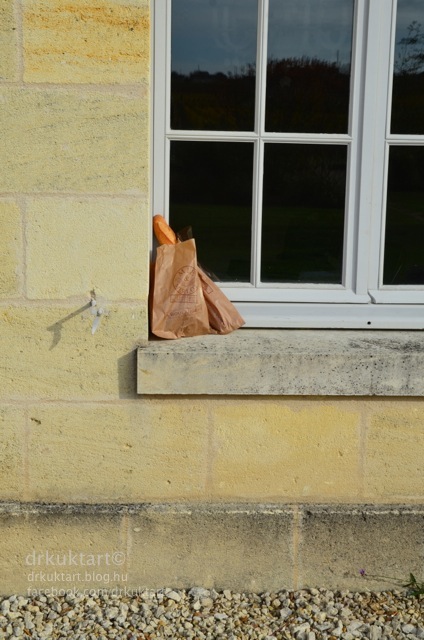
Hogy az ellátás tökéletes legyen, másnap reggel a reggelinek való briós, kenyér és egyéb péksütemények frissen érkeztek a konyha ablakába. Minden egyes részletért repestem!
It belongs to the whole story that our fresh brios, bread and croissant for breakfast next day were delivered to the house next morning. What a lovely idea and service!
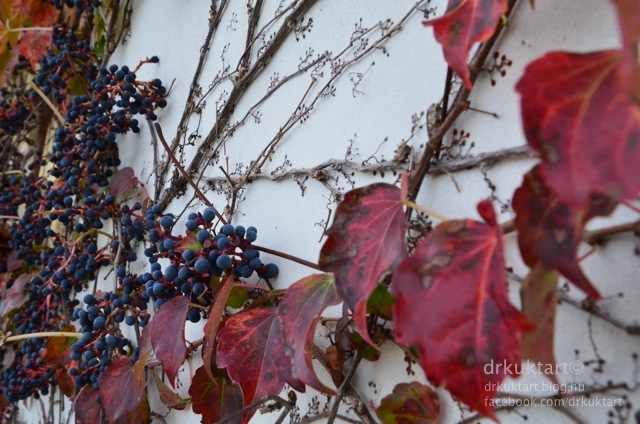
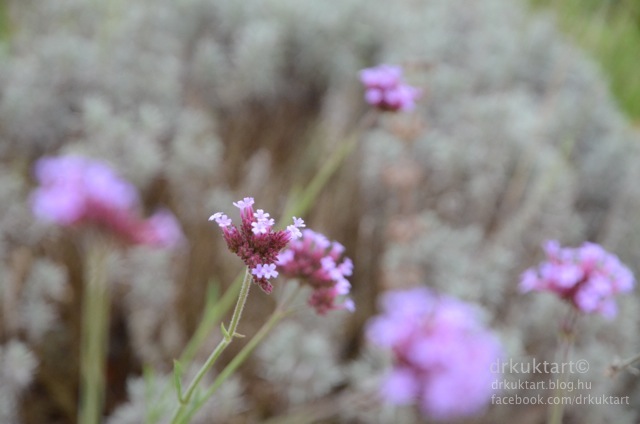
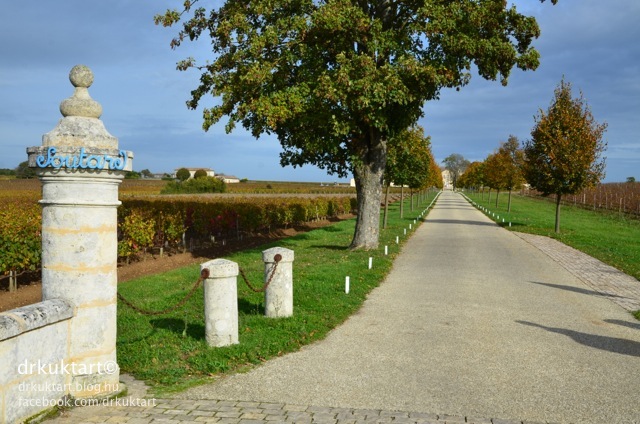
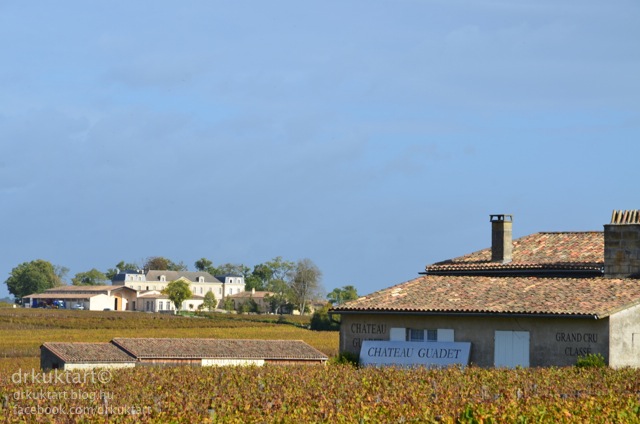
Ha Château Soutard felkeltette az érdeklődésedet, meleg szívvel ajánlom, hogy tekintsd meg a honlapjukat, ahol méltó fogadtatásban lesz részed köszönhetően többek között a nyitó kisfilmnek, amely hangulatba hoz és segít elképzelni (visszahozni) az ottani atmoszférát. Teljes képernyőn az igazi.
Ha tetszett a bejegyzés, kövess Facebook-on ITT és Instagram-on ITT, vagy, ha úgy tetszik értesülj a friss bejegyzésekről a Bloglovin segítségével!
Szép napot!
If you are interested in visiting Château Soutard and getting into the mood, don't hesitate to click on their website and watch the short movie for first.
If you like the post, follow me on Facebook HERE or Instagram HERE to be notified about every new post. Follow my blog with Bloglovin!
Have a nice day!
DRKUKTA

